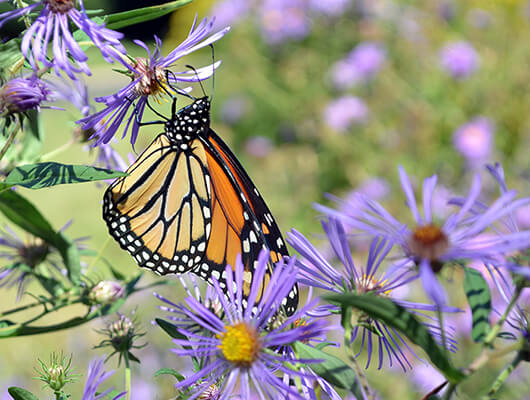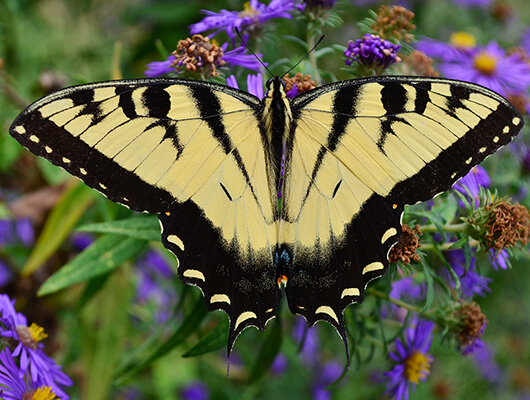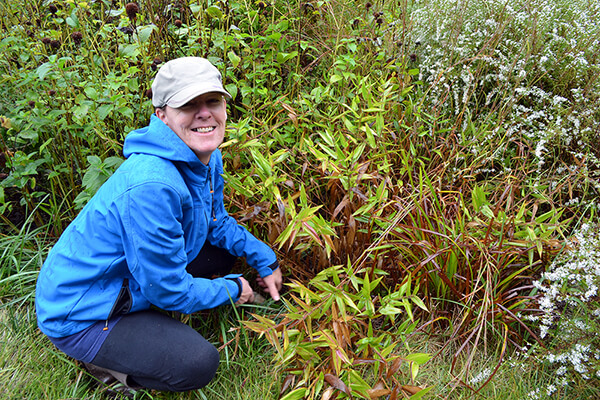Beverley grew up in Brisbane, Australia, and has lived in Hawaii, Spain, Japan, and Germany with her US Marine husband, Juan. They have two lovely children, two indoor kitties and one large native plant garden.
Beverley regularly volunteers for Earth Sangha in Springfield, is an avid native plant gardener and is currently enrolled in the Virginia Master Naturalist program. This past summer she and Juan had their property certified as an Audubon at Home Wildlife Sanctuary.
Photos courtesy of Juan Rivera.



